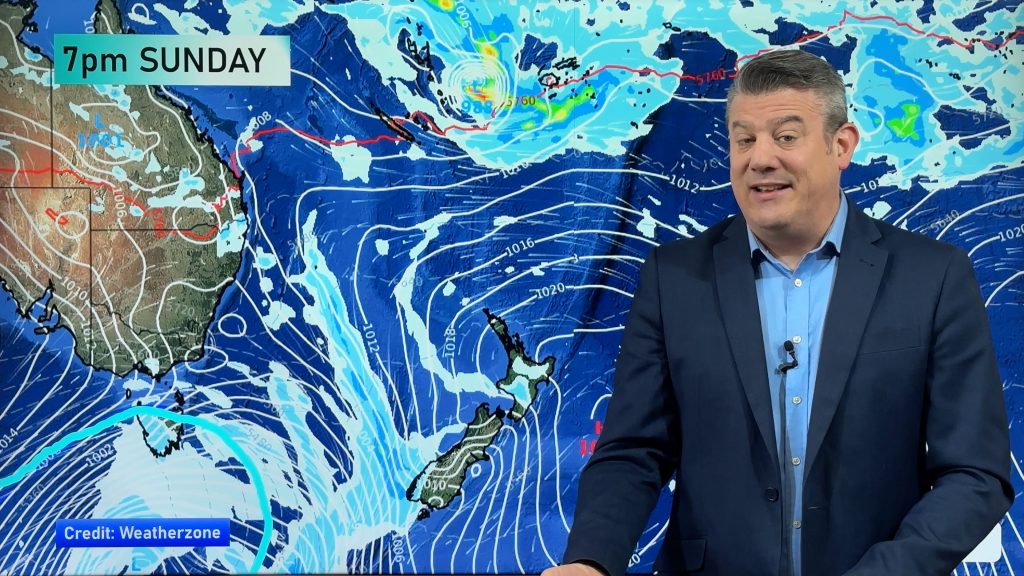
> From the WeatherWatch archives
Depending on where you are on the planet, storms of great magnitude may be either a hurricane, cyclone or typhoon but they all are basically the same thing. Hurricane Bill has made the headlines over the last week but today we take a look back at one of New Zealand’s biggest cyclones…
When Cyclone Bola struck on Monday 7 March, 1988, the East Coast of the North Island suffered devastating floods.
The torrential rain had been falling since 6 March, and continued for three days non-stop.
Winds of up to 100 kilometres per hour toppled trees and tore off roofs.
Heavy rain in the area resulted in landslides, cuts to the power and sewage services, and closed a number of roads.
Three people died when the car they were in was swept away by floodwaters. Two other occupants of the car were saved.
Te Karaka was evacuated when the swollen Waipoa River came close to flooding the township of 500 people.
The state highway was closed in several places by slips and flooding. When people in one house could not be evacuated by helicopter, horses were brought in to get them out.
States of emergency were declared in Wairoa, Gisborne and the East Cape.
In Gisborne, the water pipeline from the supplying dams was lost.
The force of Cyclone Bola was also felt in Northland. With the torrential rain came flooding and cuts to power and telephone lines.
A state of emergency was declared in Dargaville, and the main water supply was disrupted when the line carrying the water was washed away with a bridge.
Afterward effect
*A Disaster Relief Committee was set up to assess the damage caused by the storm on the East Coast.
*A peak rainfall of 916 millimetres over the three days was recorded inland from Tolaga Bay.
*The most intense rainfall was on the steep hill country of the East Coast. Most of the damage happened in places where there had been little or no soil conservation work or flood control schemes.
*The floods affected approximately 3,600 hectares of farming and horticultural land. Losses to horticulture and farming were estimated to have reached $90 million.
*1765 farmers were affected by damage to their land and crops or stock losses. In some places Cyclone Bola arrived just as harvesting was due to start.
*Repairs to the water supply in Gisborne were estimated to cost $6.6 million, and the damage to forests on the East Coast was estimated at $8.6 million.
*An inquiry into flood management followed the cyclone, and made a number of recommendations. These included soil conservation work, river control and management, and land use planning.
These measures were to be applied to all of New Zealand in an attempt to reduce the impact of future floods.
* Source- CCC library
Comments
Before you add a new comment, take note this story was published on 22 Aug 2009.





Add new comment
Paul on 25/08/2009 4:36am
I remember Bola well. I was in Taumarunui and wasn’t really aware of what was happening early on. But I remember walking up to a ridge line above my house and felt the very strong warm easterly wind and thought that something cyclonic was happening. Unfortunately my friend was returning from Gisborne that night as Bola struck and had to abandon the truck with all his belongings and head for the hills – stayed in a shearing shed for 3 days, but lucky not to drown. The truck ended up under water and all his belongings ended up at my place a week or so later – I spent days trying to wash all the mud off his stuff. Couldn’t save much. The washing machine I painstakingly cleaned blew up as soon as i tried turning it on!
There was little warning of Bola – not the info we have now days thats for sure.
Reply